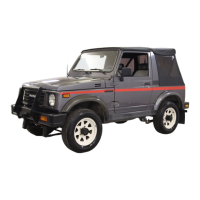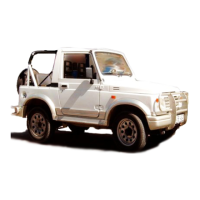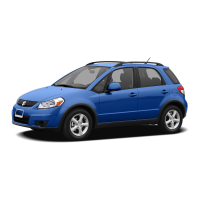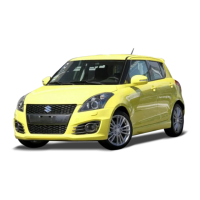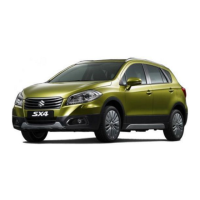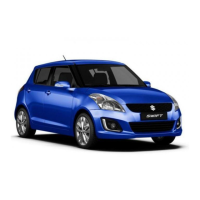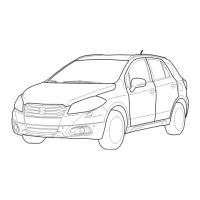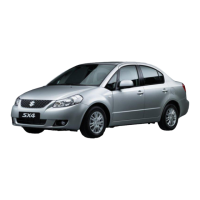NOTE:
Steps 1)
-
6) outlined above must be performed
with ENGINE NOT RUNNING. For step
7),
be sure to have adequate ventilation while
engine is running
It is recommended to use engine oil of SE or
SF class.
NOTE:
For temperatures below
32”F(O”C),
it is highly
recommended to use SAE
5W-30
oil.
Proper Engine Oil Viscosity Chart
1
2OW-50
lSW-40.15w-50
1
I
low-4O.lOW-50
I
low-30
I
5w-30
I
“C
-30
-20
-10 0
10
20
30
40
OF
-22
-4
14 32
50
68
86
104
Temperature
Engine Oil Viscosity Chart
Engine oil capacity
Oil pan capacity
3.5 liters
(7.4/6.2
US/Imp
pt.)
I
Total
4.0 liters
(8.4/7.0
US/Imp pt.)
I
8) Check oil filter and drain plug for oil leakage.
5. COOLING SYSTEM HOSES AND
CONNECTIONS INSPECTION
1) Visually inspect cooling system hoses for any
evidence of leakage and cracks. Examine them
for damage, and check connection clamps
for tightness.
2) Replace all hoses which show evidence of
leakage, cracks or other damage. Replace all
clamps which cannot maintain proper tight-
ness.
6. ENGINE COOLANT CHANGE
WARNING:
To help avoid danger of being burned, do
not remove radiator cap while engine and
radiator are still hot. Scalding fluid and
steam can be blown out under pressure if
the cap is taken off too soon.
1) Remove radiator cap when engine is cool.
2) Loosen radiator drain plug @ to drain
coolant.
3) Remove reservoir tank
0,
which is on the
side of radiator, and drain.
4) Tighten plug @ securely. Also reinstall reser-
voir tank.
1-8

